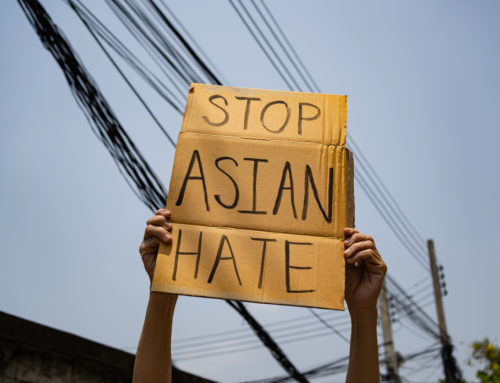by Kenrya Rankin Naase, ColorLines
Tue, Nov 17, 2015 4:59 PM EST
On November 15, 2015, at about 1 a.m., Minneapolis police shot Jamar Clark, an unarmed 24-year-old black man. Last night, hundreds of protestors shut down a major highway in a bid for justice.
Minneapolis Police Chief Janeé Harteau detailed officers’ account of the shooting during a press conference on Sunday. Two officers say they were called to break up a domestic dispute between Clark and his girlfriend, and that he was interfering as EMTs were caring for her. They maintain that Clark struggled with officers and one of them shot him in the head. He was not carrying a weapon. The two officers involved in the shooting have been placed on paid administrative leave. Police Chief Janeé Harteau said they were not wearing body cameras during the altercation—officers aren’t scheduled to receive them until 2016—but did not say if there is any other surveillance video available.
Witnesses say that not only was Clarke not struggling with officers when he was shot, but that he was in handcuffs and had been knocked on the ground before the shot was fired. Clark was brain dead when he arrived at the local hospital, and he was reportedly taken off life support on Monday night.
“From witness accounts, Jamar Clark was handcuffed and then shot in the head in front of dozens of witnesses,” Minneapolis NAACP President Nekima Levy-Pounds told members of the press. “Police essentially threw a corpse in the back of an ambulance, and put him on life support at the hospital. They pulled guns on witnesses and sprayed them with mace. They waited 45 minutes before asking people what had happened there. This is one of the worst examples of what we’ve seen, recently, with the execution of unarmed black men.”
Within hours of the shooting, hundreds of residents had gathered at the site of the shooting for a solidary march to the city’s nearby Fourth Precinct. That night, protestors—including those from the NAACP and Black Lives Matter Minneapolis—camped out outside the station, requesting the release of the shooting officer’s name and any available video of the death. The American Civil Liberties Union has also joined the call for transparency.
Yesterday, Minneapolis Mayor Betsy Hodges told press that she had written to the Department of Justice’s Civil Rights Division to request a federal investigation into the shooting. The state’s Bureau of Criminal Apprehension’s criminal investigation is already conducting its own investigation.
Last night, hundreds of activists shut down the northbound lanes of Interstate 94 for more than an hour. Forty-three adults and eight juveniles were arrested and charged with two misdemeanors: unlawful assembly and pedestrian on freeway. BLM Minneapolis posted on their Facebook page that everyone has been released. Activists are currently camped out outside the precinct and are planning to stay there until their demands are met.
BLM just posted a video that details the shutdown and the precinct occupation so far. Watch it


